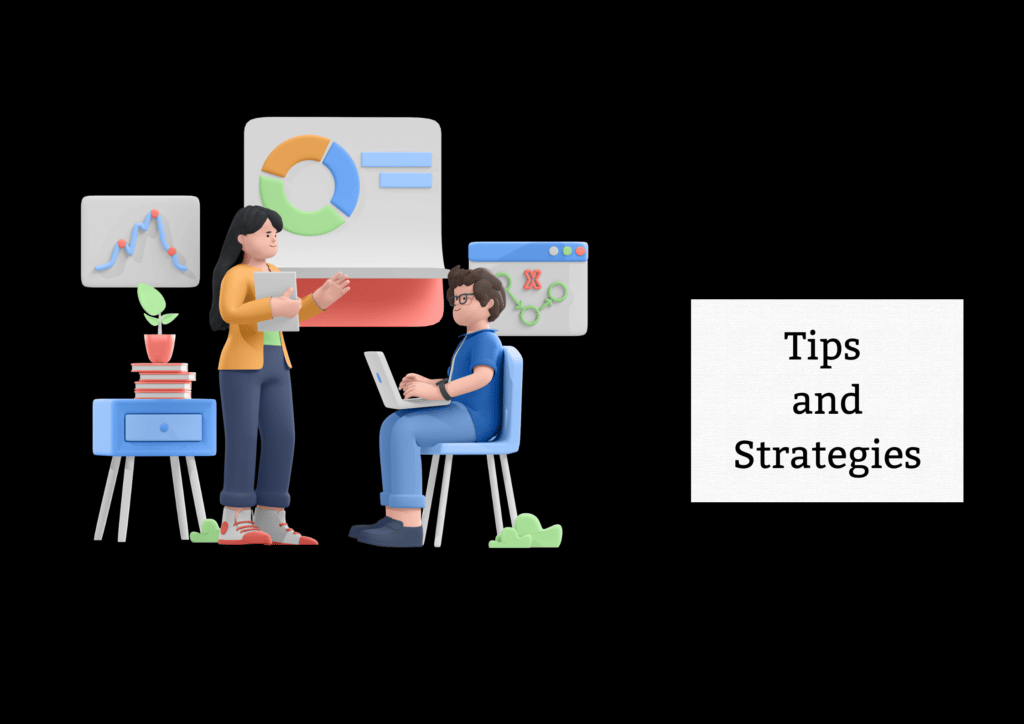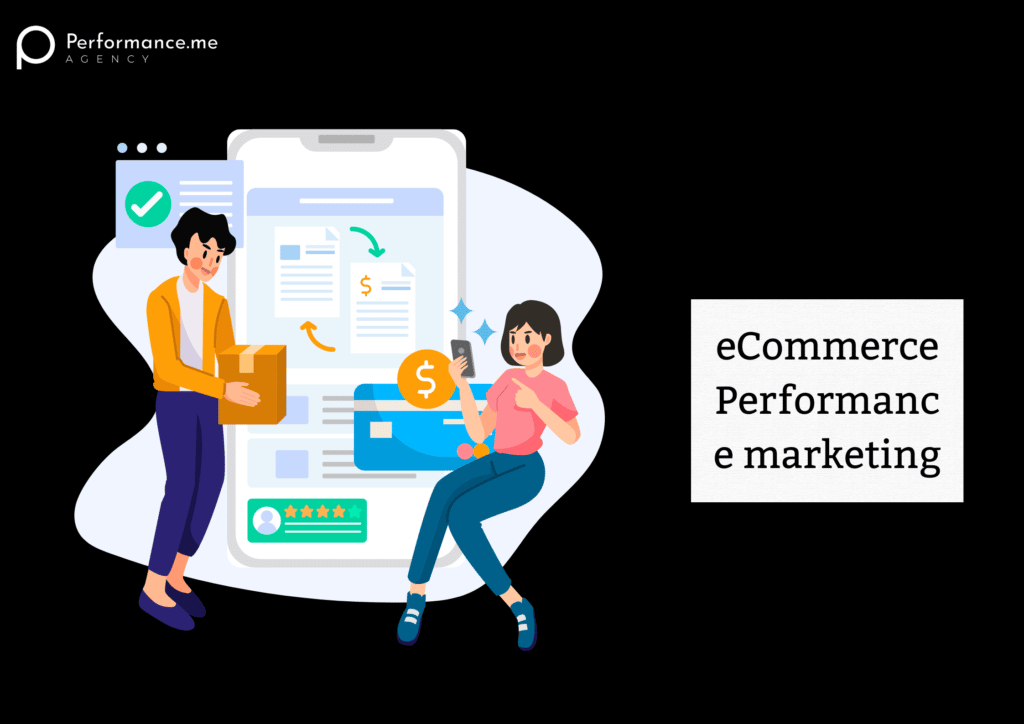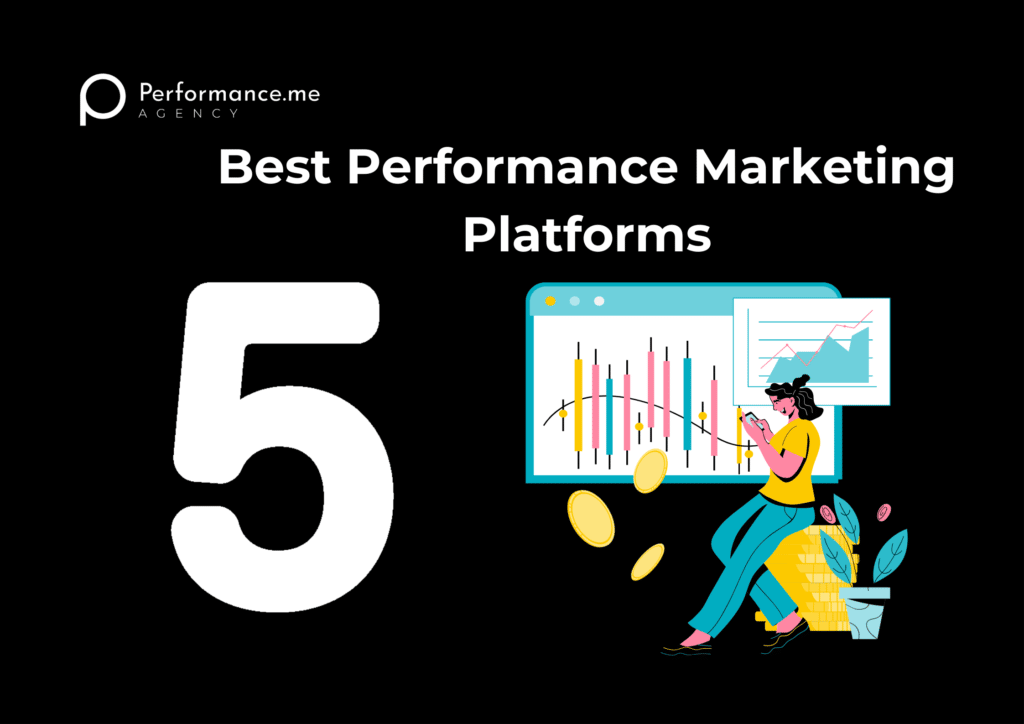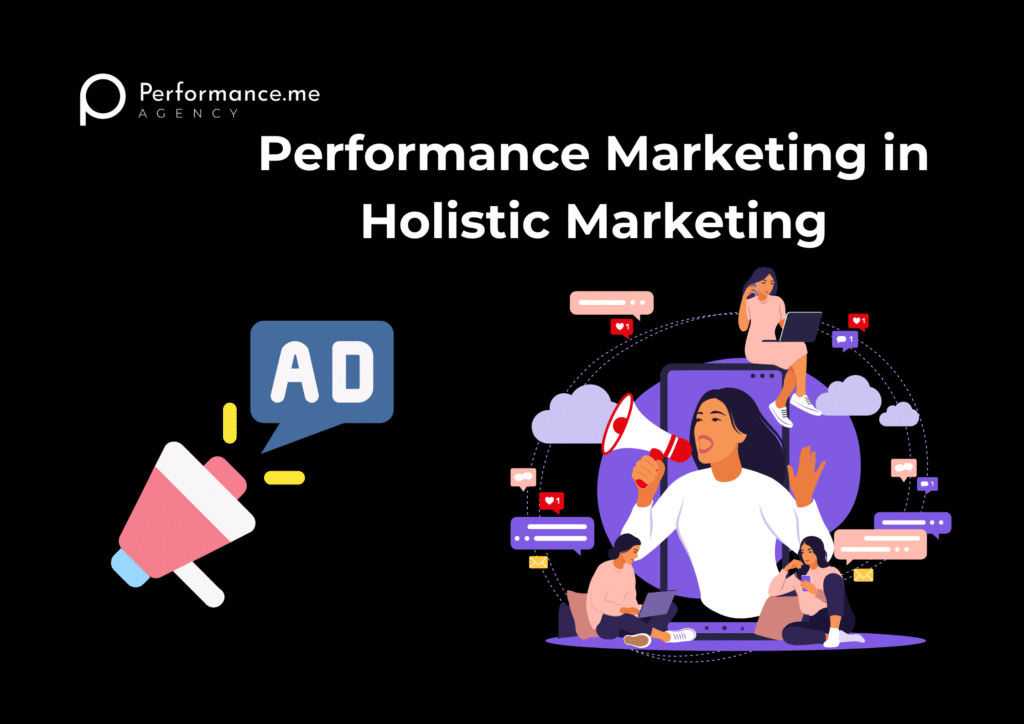Table of Content
- What is eCommerce Performance Marketing
- What are the benefits of eCommerce Performance Marketing
- Proven performance marketing tips and strategies
- Set realistic goals and objectives
- Accurately define your target audience
- Be ready with your value propositions
- Choose the perfect advertising channels
- Focus on a great landing page
- Write unique & solution-oriented ad copy
- Track & Monitor regularly
- A/B Test & Optimize performance marketing campaigns
- Time to kick off your eCommerce performance marketing ventures!
- Frequently Asked Questions
To kick things off, here’s an interesting stat – 93.5% of global Internet users have made online purchases for different products. That tells us a lot about what’s on the table for businesses. To make things more competitive, there are around 12 -24 million eCommerce sites across the globe and more businesses are getting online daily.
Because of this increasing competition, marketing in the digital space is difficult for eCommerce businesses. Even the most experienced marketers struggle to grow in the eCommerce era. So what’s the solution? How to get more leads, sales, conversions, and revenue? How to boost brand awareness to establish a name in this competitive space?
Performance marketing is the answer you are looking for!
It helps you get the maximum results out of your marketing efforts to leave a mark in your industry. In this complete ultimate guide, we will be talking about performance marketing, its benefits, and proven tips/strategies to skyrocket your business growth.
Related Reads
- Brand Performance Marketing: How Does Branding Work with Performance Marketing?
- 5+ Best Performance Marketing Case Studies Needs Research From Brands
- Who is a Performance Marketing Specialist?
- What is Performance Marketing – Ultimate Guide
What Is eCommerce Performance Marketing?
As the name goes, it is a marketing based on the performance. Unlike traditional and organic eCommerce marketing tactics, performance marketing is about focusing on certain actions. Tracking and measuring those actions will be attributed to the ROI of each campaign or activity.
In performance marketing campaigns, advertisers only pay advertising platforms and marketing companies for results achieved (actions taken) such as clicks or conversions. So, you will be the one with power and control over your advertisements. You will determine the result/action and then pay only when the action has been completed.
It is the perfect combination of brand marketing and paid marketing. It boosts brand awareness by getting ahead of the competitors. How so? As your advertisement is displayed to the target audience, you can benefit from free brand exposure and control of your budget.
What Are the Benefits of eCommerce Performance Marketing?
eCommerce companies can benefit a lot from performance marketing. Here are some of the biggest perks that it offers:
- Performance marketing is a more budget-friendly option than other traditional display advertising methods. Instead of paying a sum upfront to marketing companies, you will be paying only when certain results are achieved.
- Measuring the performance and results of your ad campaigns is easier and more effective. Business owners and marketers won’t have to make guesses or work on estimations as you will have a complete overview of results with all the analytics at your fingertips.
- Performance marketing is an efficient tool for increasing brand reach at a minimal cost. While organic marketing might not guarantee visibility, paid ads are displayed to your target audience, which ensures the visibility of your brand name among the top results.
- Performance marketing is all about transparency. From the bidding process to return on investment, all the metrics are crystal clear. Also, as you get real-time results of your ad campaigns, you will know what’s happening at any time. This allows you to make necessary improvements in your campaigns to get better results.
- Performance marketing campaigns come with very less risk as you are only paying for the results. Also, you have the power to tweak your budget in case of financial issues. At any time, you can simply put a stop to your campaigns if you are unable to achieve desired results.

Proven Performance Marketing Tips & Strategies
Below, you can find the best strategies that are perfect to get your performance marketing campaigns to the very top.
#1 Set Realistic Goals & Objectives
- Setting goals and objectives for your performance marketing campaigns in eCommerce is very crucial. The most common goal is to achieve sales, but there are other specific goals as well:
- Newsletter sign-ups
- Clicks
- Conversions
- App downloads
- Average session duration
- Survey responses
While setting the goals, follow the SMART process. Target a Specific Area, choose Measurable goals, Assign them to team members, be Realistic about results and resources, and make sure to specify the Time in which you want to achieve the desired goals. This will help you in developing a solid goal plan.
Suggested Read
7 Content Marketing Tools to Maximize Performance
#2 Accurately Define Your Target Audience
Your target audience is the set of people who are more likely to complete the actions that you set in the goal deciding process. You don’t need to just define one category; it can be multiple different target personas that fit best in your conversion funnel.
To do so, first, have a look at the current customer base. Create buyer personas from that information to get started. Then, you can conduct research and even run surveys to identify your target audience. Once you have a good set, you can start with performance marketing. Moreover, the best part about these campaigns is that you can always optimize your list based on changes in strategies and results.
#3 Be Ready With Your Value Propositions
Why should someone visit your site to purchase a product? How are your products bringing a change to their lives? How well do your services perform better than your competitors? If your ad copies have answers to these questions, then you have won half the race.
When we talk about this, we are not telling you to state that you have got the best XYZ product. You have to back it up with stats and case studies. List some of the impressive value propositions specific to your brand and save them for your ad copies and headlines. For different advertisements, you can use different propositions.
#4 Choose the Perfect Advertising Channels
It is now time to look at the target personas and audiences that you defined earlier. What is common about those audiences? Where do they spend most of their time? What is their age group? Do they like to scroll through LinkedIn or are they likely to be more active on Instagram/Facebook?
Think about the answers to these. You can also read about the behavior, age group, and type of audience that hangs out on different advertising channels. Then, you can choose the ones that align perfectly with your defined target audiences.
Each channel is different with its ups and downs. The popular ones are:
- Google Ads
- Google Shopping
- Snapchat
- YouTube
- Quora
Most people use Google for search ads and Facebook to promote their products. These are one of the most popular platforms and also provide conversions at the lowest cost per click (CPC). So, choose wisely as per your goals and target audiences.
#5 Focus on a Great Landing Page
The end goal is not just to get clicks on your ad; it is to get more conversions on your website. A bad landing page not only distracts the visitors away but also decreases your quality score which can affect your ad campaigns.
Your landing page should deliver what was promised in the ad copy and headline. The content and offer should be relevant to lead the users down the conversion funnel. Think in the shoes of your visitors while testing the user experience and make changes to both your desktop and mobile landing pages to deliver what they want to see.
#6 Write Unique & Solution-Oriented Ad Copy
Writing ad copies that convert is not rocket science. Although, you need to make it unique with your value proposition. It should convey to the readers how they will benefit from your products/services/brand.
Along with your value propositions, you should have your key selling points ready before writing ad copies. First, focus on the problem with competitors or a problem that visitors might be facing. Then, talk about the effect that problem can have on their lives. Finally, pitch in your solution and how your brand can make a difference in their lives.
Depending on your advertising channel, make sure that your ad copy perfectly syncs with the images/videos you are using. Then, it should be relevant to the goal and easy to digest. Also, don’t forget about engaging and catchy headlines as they will drive users to read further.
#7 Track & Monitor Regularly
The more you track and monitor the performance of your advertisement campaigns, the better you can take advantage of eCommerce performance marketing. Businesses often focus on just measuring the gains and losses to the return on investment (ROI) and that should not be the case here. You should focus on all the important metrics.
- Impressions
- Clicks
- Click-through rate
- Bounce rate
- Average CPC and CPM
- Conversions
- Cost per conversion
- Mobile vs. desktop performance
When you analyze each metric closely, you will easily find areas of improvement to grow your eCommerce business.
#8 A/B Test & Optimize Performance Marketing Campaigns
Just like any other marketing campaign, A/B testing is crucial for performance marketing campaigns as well. To find the winning combinations and strategies, you will have to constantly perform A/B tests on different elements relevant to your eCommerce store.
The elements on which you should run A/B tests are ad copies, images/videos, headlines, landing pages, forms, product names, and taglines, among others. Apart from this, you can try different bidding strategies, advertising channels, and optimization techniques to improve your results.
Also Read
Why Does Performance Matter in Marketing?
Frequently Asked Questions
What Is eCommerce Performance Marketing?
It is the perfect combination of brand marketing and paid marketing. It boosts brand awareness by getting ahead of the competitors.
What are the benefits of eCommerce Performance Marketing?
1. It is a more budget friendly option than other traditional display advertising methods.
2. It is an efficient tool for increasing brand reach at a minimal cost.
3. Performance Marketing Campaigns come with very less risk as you are only paying for the results.
What are the specific goals is to achieve sales in performance marketing campaigns?
The most specific goals are,
1. Newsletter sign-ups
2. Clicks
3. Conversions
4. App downloads
5. Average session duration
6. Survey responses
Time to Kick off Your eCommerce Performance Marketing Ventures!
The old and traditional marketing techniques are not enough in this competitive digital world. Performance marketing is the need of the hour to build brand awareness and get ahead of your competition.
Now that you have the ultimate guide to skyrocket sales, leads, and conversions using performance marketing, it is time to get things started. Check out all the tactics we discussed above and spend some time reshaping these strategies for your eCommerce store.
In the end, it all boils down to testing, tracking, measuring, and optimizing your campaigns regularly. So, don’t forget to keep track of your performance marketing ventures!



